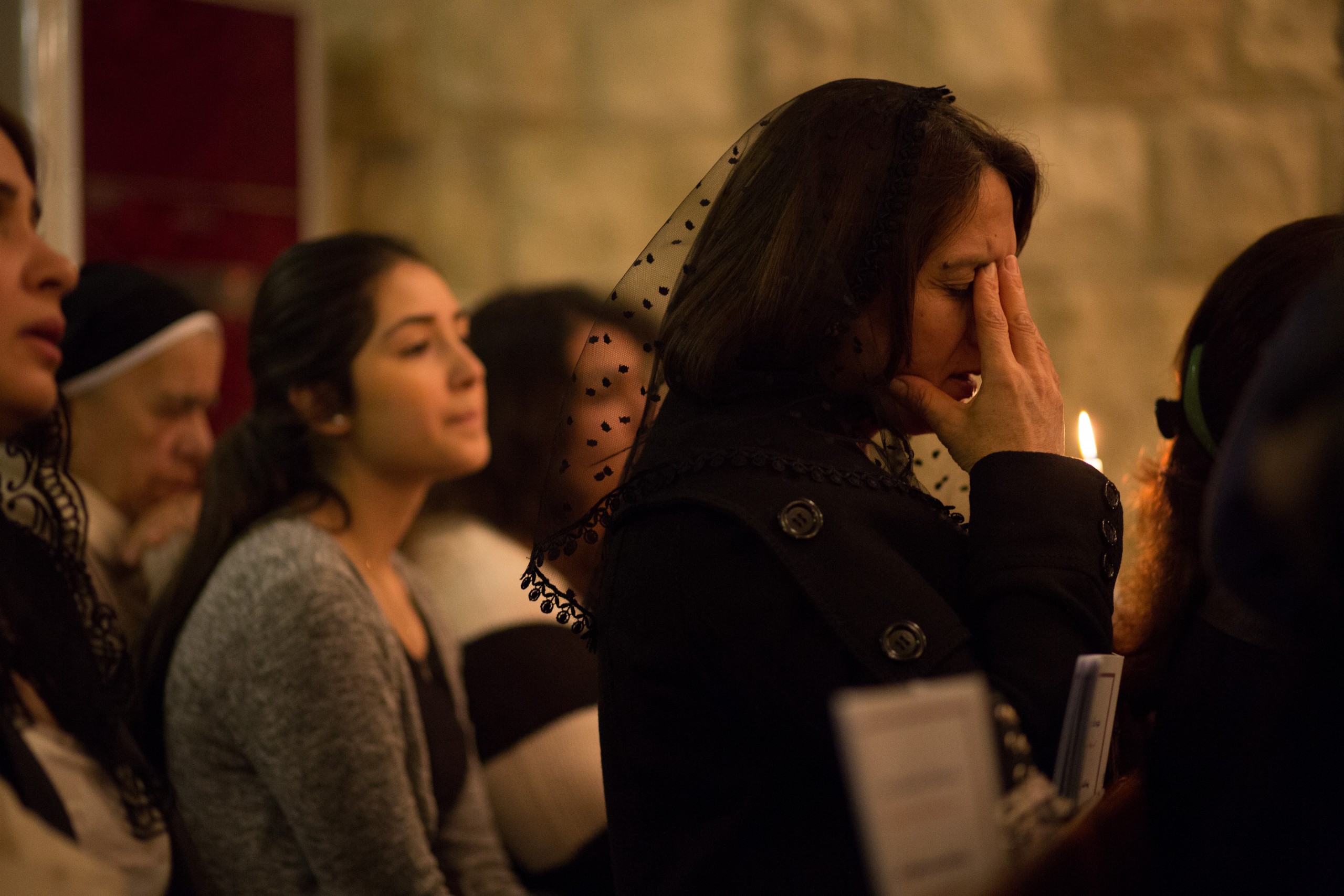In his Lenten message, Pope Francis asked the faithful to share stories from persecuted Christians.
Catholics can learn a lot from persecuted Christians in Africa, an advocate for Aid to the Church in Need (ACN) has told a Vatican program.
Food, water, land scarcity, religion and extreme poverty are putting one community against the other in Africa. Complicating these factors are the continent’s extreme diversity and its languages.
“Many priests and nuns are kidnapped for ransom in Africa. We have much to learn from them,” Marcela Szymanski said at an online press conference at the Vatican on Feb. 12.
Szymanski holds the position of the European Union and United Nations advocacy officer for ACN, which helps persecuted Christians in around 140 countries.
In his Lenten message, Pope Francis asked the faithful to share stories from the persecuted Christians.
Szymanski said she comes across stories from persecuted Christians around the world on a daily basis through news reports.
“The example of those who would rather die than renounce their faith is unforgettable and very hard to comprehend,” Szymanski said.
“When I hear the stories of those oppressed and my eyes cannot get any bigger, just listening to them. They tell me: ‘But Marcela, please, when you speak about us, ask them to pray for us. We want to be like you, to be able to read the Bible whenever we want, to go to temples that are open all day, to celebrate Christmas like you do,” Catholic News Agency quoted her as saying.
“And I have to answer them: ‘No, I will not pray for you to be like us, but for us to be like you. And I and my neighbours would like to have your strong faith and hope in the future, and the strength to keep giving to others like you do,’” she said.
She narrated the story of Syriac Orthodox Metropolitan of Homs and Hama Archbishop Selwanos Petros al-Nemeh, who died in December at the age of 52 due to cancer.
As an orphan, Archbishop Selwanos was raised by religious nuns along with his brother. He was dedicated to the orphans of the region.
“Many remember his dark silhouette in the streets during the bombings when he was looking for the children to bring them back to safety.”
He lost his brother in a bomb blast in a cathedral in 2014. After the internal war ceased in Syria, he reopened schools and new kindergartens.”
Right in the middle of the war, in 2017, he came to Brussels, where I live, carrying large suitcases full of drawings by the children of Aleppo, Homs and Damascus.”
The drawings urged politicians to “increase humanitarian aid” and to show concern for their daily life.
The archbishop “served the poor until his very last breath.”
At the Vatican event, Szymanski showed drawings by an 11-year-old Christian girl from Aleppo who portrayed the time when Islamist terrorists from the al-Nusra Front, which was fighting against the Syrian government, killed her sister and brother in 2016.
She pointed out that the drawings were done only 2,200 kilometers from Rome. “That is how close Aleppo is to Rome.”
During the first Covid-19 lockdown in India, a group called the Small Christian Communities distributed food, water and masks to millions of stranded workers, she said.
“What can we learn for Lent, from such a family, who went through a cruel Calvary but consider themselves really ‘resurrected’ with Christ?”
Szymanski noted that the strong faith of persecuted Christians reminds that “sacrifice goes together with deeply rooted love.”





